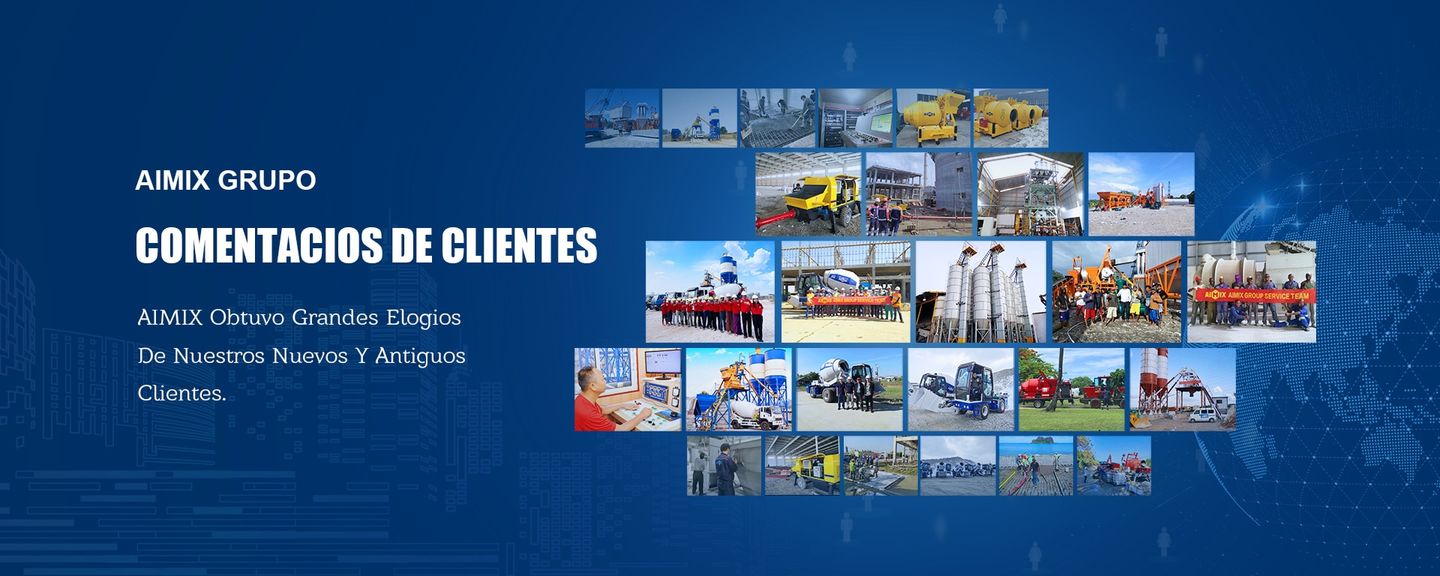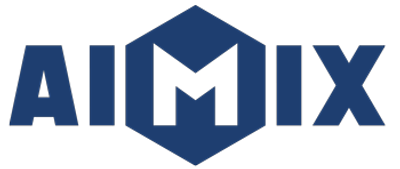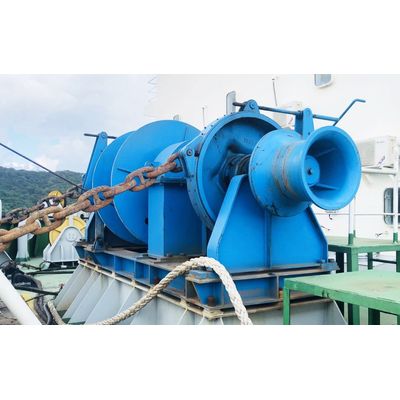


Unveiling the Power of Combined Mooring Winch and Windlass Systems
In the maritime industry, the efficient handling of anchor and mooring operations is crucial for the safety and functionality of vessels. One technological marvel that has significantly enhanced these operations is the combined mooring winch and windlass system. This integrated solution streamlines the processes of anchoring and mooring, providing ships with a powerful and versatile tool for handling their ground tackle.
Understanding the Components:
Mooring Winch: A mooring winch is a device designed to handle the ropes, cables, or chains used in securing a vessel to a berth or anchor point. It is an essential component for maintaining a ship's position during loading, unloading, or when stationary at a port. The winch's primary function is to control the tension and length of the mooring lines, ensuring the ship stays securely in place.
Windlass: A windlass, on the other hand, is specifically designed for handling anchors. It is responsible for raising or lowering the anchor and its rode (the chain or rope connected to the anchor). The windlass plays a crucial role in the anchoring process, allowing vessels to deploy or retrieve anchors with ease and precision.
Combining Forces:
The combined mooring winch and windlass system seamlessly integrates these two critical components into a single, efficient unit. This integration offers several advantages:
Space Efficiency:
By combining the mooring winch and anchor windlass, the system optimizes the use of available space on the ship's deck. This is particularly important as vessel design emphasizes maximizing cargo capacity without compromising safety and operational efficiency.
Reduced Weight and Complexity:
Integrating the two systems eliminates the need for redundant machinery, reducing the overall weight and complexity of the ship. This streamlined design contributes to fuel efficiency and easier maintenance.
Enhanced Control and Automation:
The combined system often incorporates advanced control and automation features. This allows for precise and coordinated handling of both mooring lines and anchors, enhancing the overall safety and reliability of the vessel's operations.
Quick and Efficient Operations:
With a unified control interface, the crew can seamlessly switch between mooring and anchoring operations. This versatility is particularly beneficial in situations where rapid changes in maritime conditions require quick and efficient responses.
Improved Safety Measures:
The integrated system promotes safer operations by minimizing the potential for human error during critical maneuvers. Unified control panels and automated functions reduce the risk of accidents and enhance overall crew safety.
Conclusion:
The combined mooring winch and windlass system represents a significant leap forward in maritime technology. Its ability to efficiently handle both mooring and anchoring operations in a unified and streamlined manner enhances the overall safety, efficiency, and reliability of vessels across the seas. As we celebrate technological advancements in the maritime industry, the integration of these essential components stands out as a testament to innovation and progress in ensuring smooth sailing for the global fleet.
